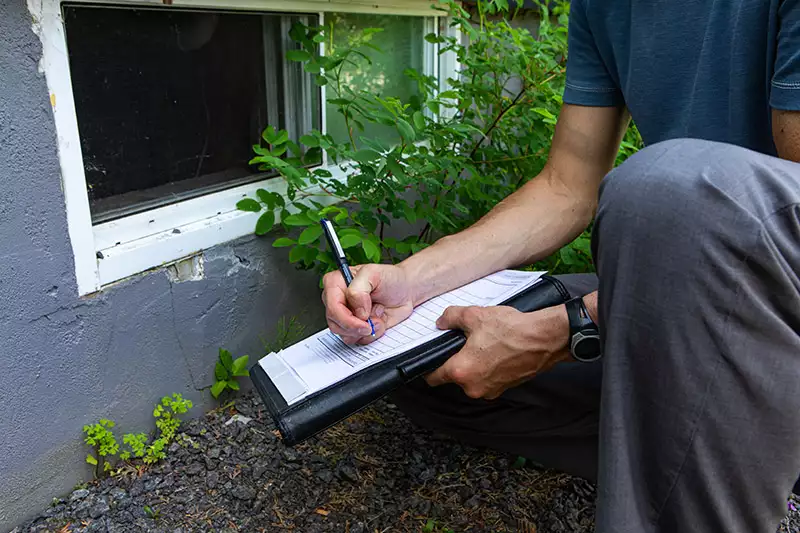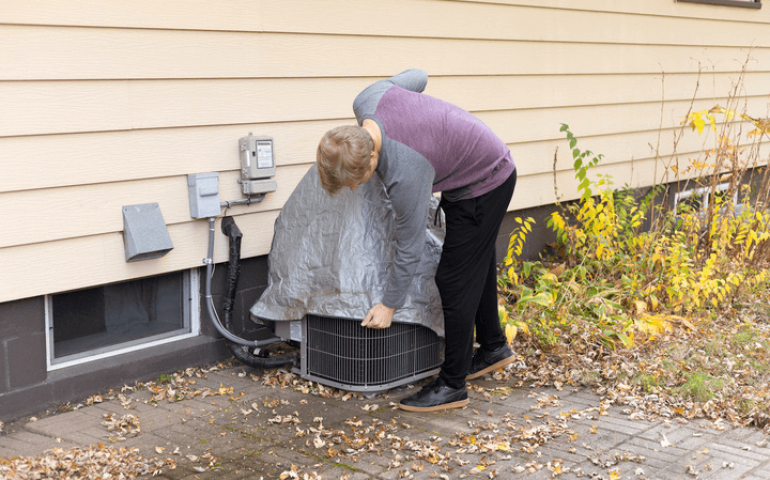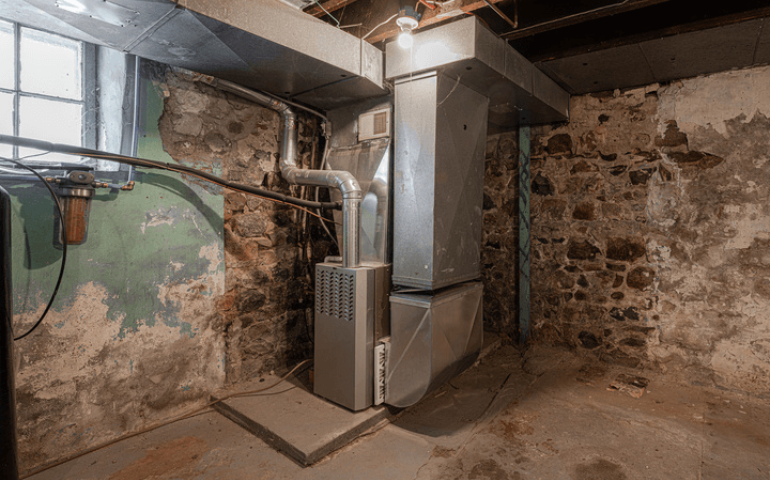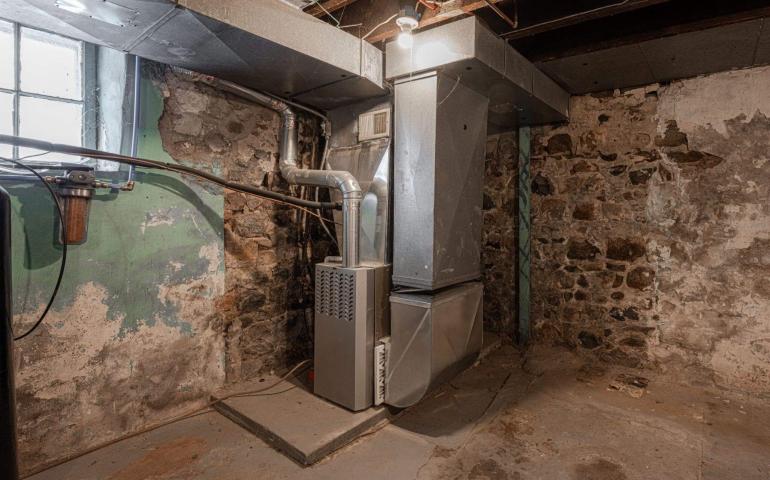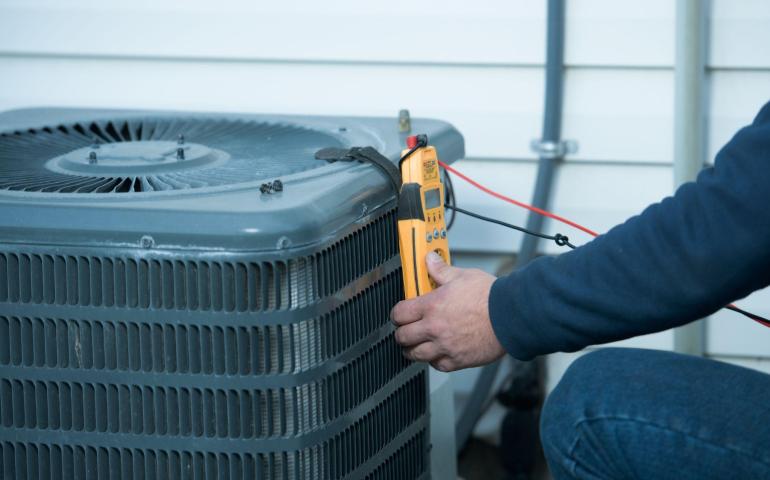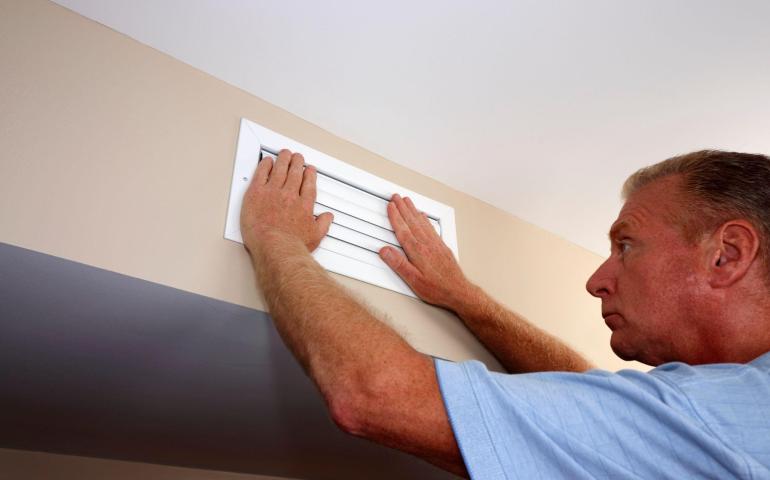We must breathe fresh and clean air within our homes. The indoor air quality will have an overall effect on your respiratory health. There may be various air pollutants within your home that you may be unaware of and start experiencing some symptoms. Some symptoms of poor indoor air quality include:
- Headache
- Migraines
- Nausea
- Fatigue
- Dizziness
- Sinus Congestion
Therefore, it is essential to test your indoor air quality and determine the presence of any pollutants. The good thing about testing your indoor air is that it may uncover other problems such as leaks that support mold growth. You may also discover issues with your air conditioner or ventilation system.
Generally, testing your indoor air quality helps you keep specific health issues at bay. It becomes even more critical when there is an asthmatic in the house or someone with respiratory difficulties. That said, here are some ways to test air quality in your home.
Check for Signs and Symptoms
Your body can tell enough about your indoor air quality. When you start experiencing various symptoms, it may be a call to check your indoor air. You may also begin sneezing or coughing persistently, which may be a sign of dust or allergens such as pollen.
You may also smell certain odors coming from your home. If you smell any mustiness, it may be a sign of mold growth, indicating a possible leak.
Consider an Air Quality Monitor
You may try cleaning your house or checking your vents for dust accumulation, but nothing seems to work. You may also replace your AC filters and clean your ducts but still experience symptoms of indoor air pollution. Therefore, you may consider purchasing an air quality monitor to pinpoint the problem.
The monitor will help determine the level of indoor air pollution for you to take the necessary measures. The monitor will check the humidity levels that allow you to check for possible mold growth. It also checks for volatile organic compounds from carpets or construction materials that may be considered the leading cause of indoor air pollution.
The air quality monitor may also measure carbon monoxide levels and give reports of your quality index.
Purchase an Air Purifier
An air purifier can help improve your indoor air quality by eliminating any present contaminants. If you experience allergies, the air purifier effectively removes dust or smoke particles and mold spores. You can install it in your bedroom for a good night's sleep.
Carbon Monoxide Detectors
Carbon monoxide is odorless and tasteless, which may make it undetectable. Consider installing carbon monoxide detectors across various rooms or floors to keep an eye on your carbon levels. The sensor raises the alarm when the levels get too high.
Call Us Today
It is vital to keep your air quality in check, and you can hire professionals to help you monitor. Give us a call to check your indoor air quality and find the best monitor.

